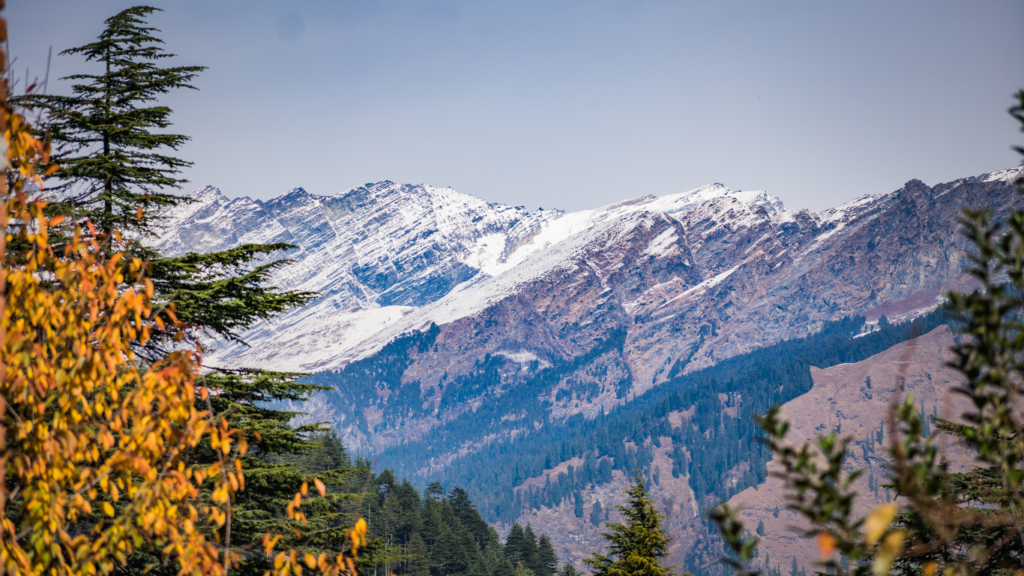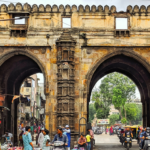Singalila National Park, perched high in West Bengal’s Darjeeling district, feels like a secret hideaway in the Eastern Himalayas. Imagine trekking through misty forests, spotting red pandas, and gazing at snow-capped peaks like Kanchenjunga. Covering 78.6 sq km along the Singalila Ridge, this park, established in 1992, is a haven for nature lovers and adventure seekers. Its vibrant rhododendrons, rare wildlife, and Sandakphu treks make every visit unforgettable.
Park Timings and Entry Details
Singalila National Park is open daily from 6:00 AM to 7:00 PM, except during the monsoon closure (mid-June to mid-September), per trawell.in. Entry costs Rs. 100 for Indians, Rs. 200 for foreigners, with permits required from Manebhanjan’s Forest Department or Tumling’s checkpoint, per incredibleindia.org. Foreigners need ID proof, per natureinfocus.in. Spring (March-May) showcases blooming rhododendrons, while autumn (October-December) offers clear peak views, per traveltriangle.com. Trekking guides, mandatory for trails, cost Rs. 1000-1500 daily, per himalayatrekker.com. Jeep safaris (Rs. 3000-5000) cover Sandakphu in 2-3 days. Tripadvisor suggests booking permits early for Baisakhi crowds in April. These details ensure a smooth 2025 visit, letting you dive into Singalila’s trails and wildlife with ease, wrapped in the Himalayas’ serene embrace.
A Glimpse into Singalila’s History
Singalila National Park, declared a wildlife sanctuary in 1986 and a national park in 1992, has deep roots. The British leased the Singalila forest from Sikkim’s Raja in 1882, making it a reserve under the 1878 Forest Act, per wbtourism.gov.in. Botanist Joseph Dalton Hooker explored the ridge in 1849, documenting its flora, per naturediary.in. The 1905 Kanchenjunga expedition, led by Aleister Crowley, used Singalila’s trails, per natureconservation.in. Sandakphu, West Bengal’s highest peak, hosted Tenzing Norgay’s 1955 felicitation of Kanchenjunga climbers, per roundglasssustain.com. Tripadvisor notes the park’s cultural mix, with Nepali and Tibetan villages nearby. Singalila’s past, from colonial leases to mountaineering lore, adds a rich layer to its natural beauty, inviting you to walk paths steeped in history and Himalayan wonder.
Biodiversity of Singalila
Singalila’s forests burst with life, hosting rare creatures and vibrant plants. Red pandas, with only 27 left in 2014, steal the show, alongside Himalayan black bears, clouded leopards, and barking deer, per natureinfocus.in. Over 350 bird species, like satyr tragopans and fire-tailed sunbirds, thrill birdwatchers, per wildlifeworldwide.com. Rhododendrons (18 species) bloom red and pink in spring, while 600 orchid varieties dazzle in autumn, per wbtourism.gov.in. Oak, bamboo, and magnolia forests thrive between 2,000-3,600 meters, per indianpanorama.in. Tripadvisor warns of slow-growing flora, urging careful trekking. Sandakphu’s Himalayan cobra lilies add a quirky twist, per learnupsc.com. This biodiversity, shaped by Singalila’s high-altitude ecosystems, makes every trail a discovery, pulling you into a world of elusive animals and colorful blooms.
Spotting the Red Panda
Red pandas, Singalila’s star residents, are shy, tree-dwelling mammals with reddish fur and masked faces. With only 27 in the park per a 2014 census, spotting one is a thrill, per natureinfocus.in. Guided treks to Sandakphu or Phalut, costing Rs. 1000-1500, boost your chances, especially in winter, per naturewanderers.com. They munch bamboo and berries in temperate forests, per learnupsc.com. Tripadvisor suggests early morning treks for sightings. The 2004 reintroduction of pandas Sweety and Milli, filmed by Rajesh and Naresh Bedi, marked a conservation win, per wildbengal.com. A 2-3 hour guided walk feels like a treasure hunt, leaving you awed by these rare creatures and Singalila’s conservation efforts.
Exploring Flora and Birdlife
Singalila’s flora paints the hills with color. In spring (March-April), 18 rhododendron species bloom vibrantly, per roundglasssustain.com. Autumn (October-November) brings 600 orchid varieties and primulas, per natureexplorers.in. Oak and magnolia forests shelter these gems, per wbtourism.gov.in. Birdwatchers spot over 350 species, like blood pheasants and scarlet minivets, per wildlifeworldwide.com. Morning treks with guides (Rs. 1000) near Tumling offer the best views, per trawell.in. Tripadvisor recommends binoculars and quiet steps. A 2-hour walk through blooming trails or birding spots feels magical, connecting you to Singalila’s vibrant ecosystems and leaving you with photos and memories of nature’s artistry.
Trekking in Singalila
Singalila’s trekking trails, especially to Sandakphu (3,636 m) and Phalut (3,600 m), are world-famous. The Manebhanjan-Sandakphu route, a 4-5 day trek, offers views of Everest, Kanchenjunga, Lhotse, and Makalu, per alltrails.com. Permits (Rs. 100-200) and guides (Rs. 1000 daily) are mandatory, per trawell.in. Spring blooms and autumn’s clear skies are ideal, per traveltriangle.com. Trekkers’ huts in Gairibas or Sandakphu cost Rs. 500-1000, per wbtourism.gov.in. Vintage Land Rovers offer a thrilling ride to Sandakphu (Rs. 3000), per naturediary.in. Tripadvisor warns of trash issues, so carry waste bags. Trekking Singalila feels like a Himalayan adventure, blending challenge, beauty, and panoramic rewards that stay with you long after.
Sandakphu Trek Highlights
The Sandakphu trek, starting at Manebhanjan (51 km from Darjeeling), is Singalila’s crown jewel. This 4-5 day, 26-km trek climbs to West Bengal’s highest peak (3,636 m), per himalayatrekker.com. You’ll pass rhododendron forests and see Kanchenjunga’s “Sleeping Buddha” formation, per natureinfocus.in. Permits cost Rs. 100-200, and guides (Rs. 1000) are required, per trawell.in. Trekkers’ huts in Gairibas or Sandakphu (Rs. 500) offer basic stays, per wbtourism.gov.in. Tripadvisor loves the sunrise views but notes steep climbs. A 4-hour leg from Gairibas to Sandakphu tests your stamina, rewarding you with Himalayan giants and a sense of triumph that makes every step worth it.
Phalut Trek Experience
Phalut, at 3,600 m, is Singalila’s second-highest peak, a 19.4-km trek from Sandakphu, per natureinfocus.in. This 2-3 day trail offers Everest and Kanchenjunga views, passing alpine meadows, per alltrails.com. Permits (Rs. 100-200) and guides (Rs. 1000) are needed, per trawell.in. Trekkers’ huts in Phalut (Rs. 500) provide rest, per wbtourism.gov.in. Autumn’s clear skies are best, per traveltriangle.com. Tripadvisor suggests warm layers for chilly nights. The trek’s quiet trails and vast vistas feel like a private Himalayan escape, leaving you with stunning photos and a heart full of adventure after a challenging yet rewarding climb.
Planning Your 2025 Visit
Singalila is 51 km from Darjeeling, reachable via Manebhanjan by taxi (Rs. 1500, 1.5 hours) from Bagdogra Airport (92 km), per wbtourism.gov.in. Buses from Siliguri to Manebhanjan cost Rs. 100, per naturediary.in. Stay in Manebhanjan homestays (Rs. 1000-2000) or trekkers’ huts (Rs. 500-1000), per traveltriangle.com. Visit in spring for blooms or autumn for views, avoiding monsoons, per trawell.in. Carry cash (Rs. 5000-10000) for permits, guides, and food, as ATMs are scarce, per Tripadvisor. Dress in layers and sturdy shoes. Book guides via Gorkhaland Territorial Administration (0354-2254879), per traveltriangle.com. These tips ensure a smooth 2025 adventure, letting you soak in Singalila’s wild beauty and Himalayan magic.



